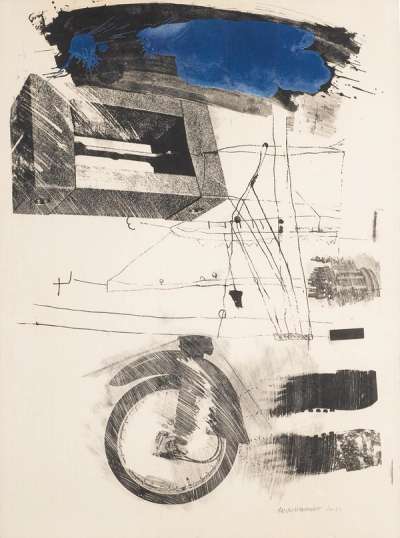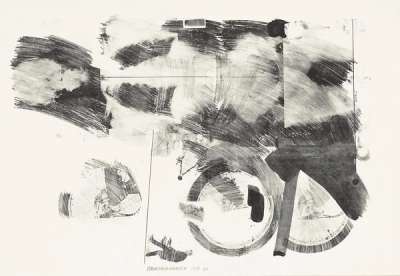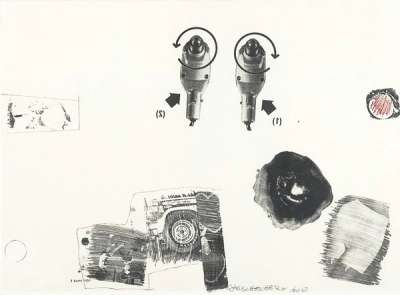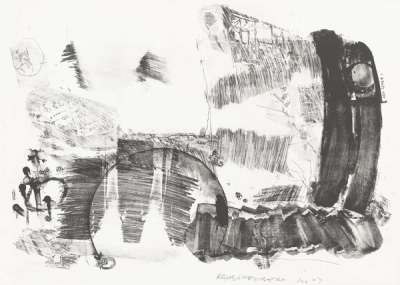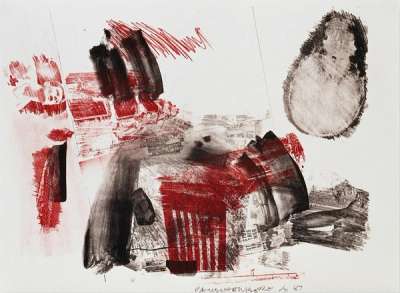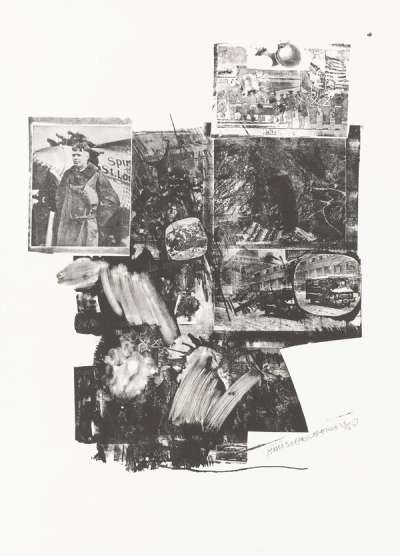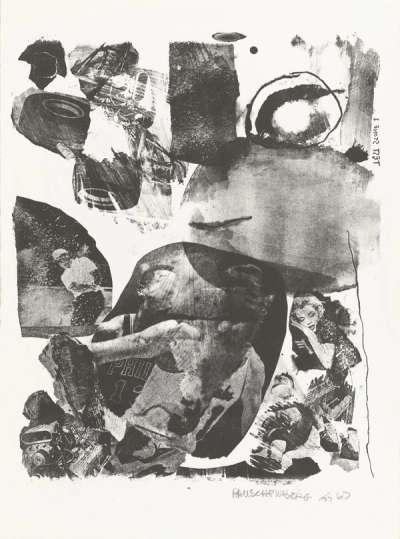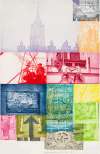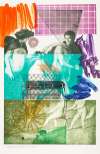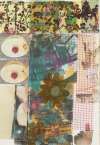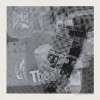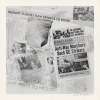Booster
And Seven Studies
Robert Rauschenberg's Booster And Seven Studies series, created in 1967, is a groundbreaking exploration of the human form combined with technological and medical imagery. This series, featuring the monumental print Booster alongside seven test stones, marks a significant moment in printmaking, showcasing Rauschenberg's innovative use of lithography to merge body scans with abstract elements.
Robert Rauschenberg Booster And Seven Studies For sale
Booster And Seven Studies Market value
Auction Results
| Artwork | Auction Date | Auction House | Return to Seller | Hammer Price | Buyer Paid |
|---|
Sell Your Art
with Us
with Us
Join Our Network of Collectors. Buy, Sell and Track Demand
Meaning & Analysis
Robert Rauschenberg's Booster And Seven Studies is celebrated for being one of the first fine art prints to incorporate X-ray technology, making it a pivotal series in the realm of modern art. Booster, the centrepiece of this series, stands as the largest lithograph produced at the time, measuring over six feet in height. This piece, along with the accompanying test stones, represents a deep dive into the intersections of art, technology, and the self.
The series is a technical and conceptual marvel, utilising lithographic techniques to blend human anatomical images with layers of additional graphics and text. Each test stone experiments with different aspects of printing techniques and layering, serving both as studies and as standalone pieces that underscore the process behind the creation of Booster. These works reflect Rauschenberg’s continuous push against the boundaries of traditional printmaking, incorporating elements of chance and experimentation that were central to his artistic approach.
The imagery in Booster And Seven Studies is complex and layered, featuring a full-body X-ray of Rauschenberg himself, overlaid with various graphical elements that challenge the viewer’s perception and interpretation. The use of X-ray imagery not only highlights the theme of introspection, literally looking inward, but also plays on the idea of transparency and exposure in art.

